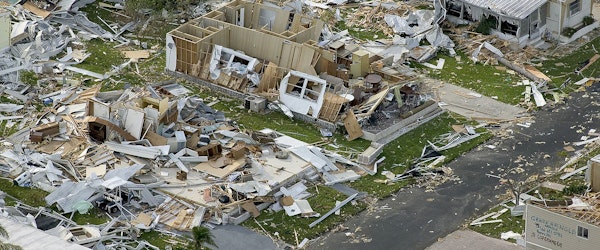
Innovative Insurance Solutions Are Critical as Severe Weather Intensifies
Thursday, September 5th, 2024 Catastrophe Insurance Industry Property Risk ManagementSevere weather events, from wildfires to hurricanes and tornadoes, are becoming more frequent and intense, challenging traditional insurance structures. In July alone, NOAA reported four new billion-dollar disasters, pushing the year’s total to 19 declared events, which is already four more than the same period in 2023. This increase in extreme weather underscores the need for innovative insurance solutions that can adapt to evolving risks and offer greater protection to consumers.
Many policyholders are unaware of gaps in their coverage. A survey found that more than half of homeowners didn’t know their insurance didn’t cover floods, and only 44% could handle a $1,000 emergency expense. These knowledge gaps leave consumers financially vulnerable, especially with insurance costs rising in disaster-prone areas. Insurers must help clients understand these risks, offering personalized advice and supplemental disaster insurance to ensure coverage keeps pace with severe weather.
As climate patterns shift, tailored multi-peril insurance is becoming vital. With natural disasters ranking as a top cause of bankruptcies, providing comprehensive insurance plans is crucial to safeguarding finances in an unpredictable weather landscape.





